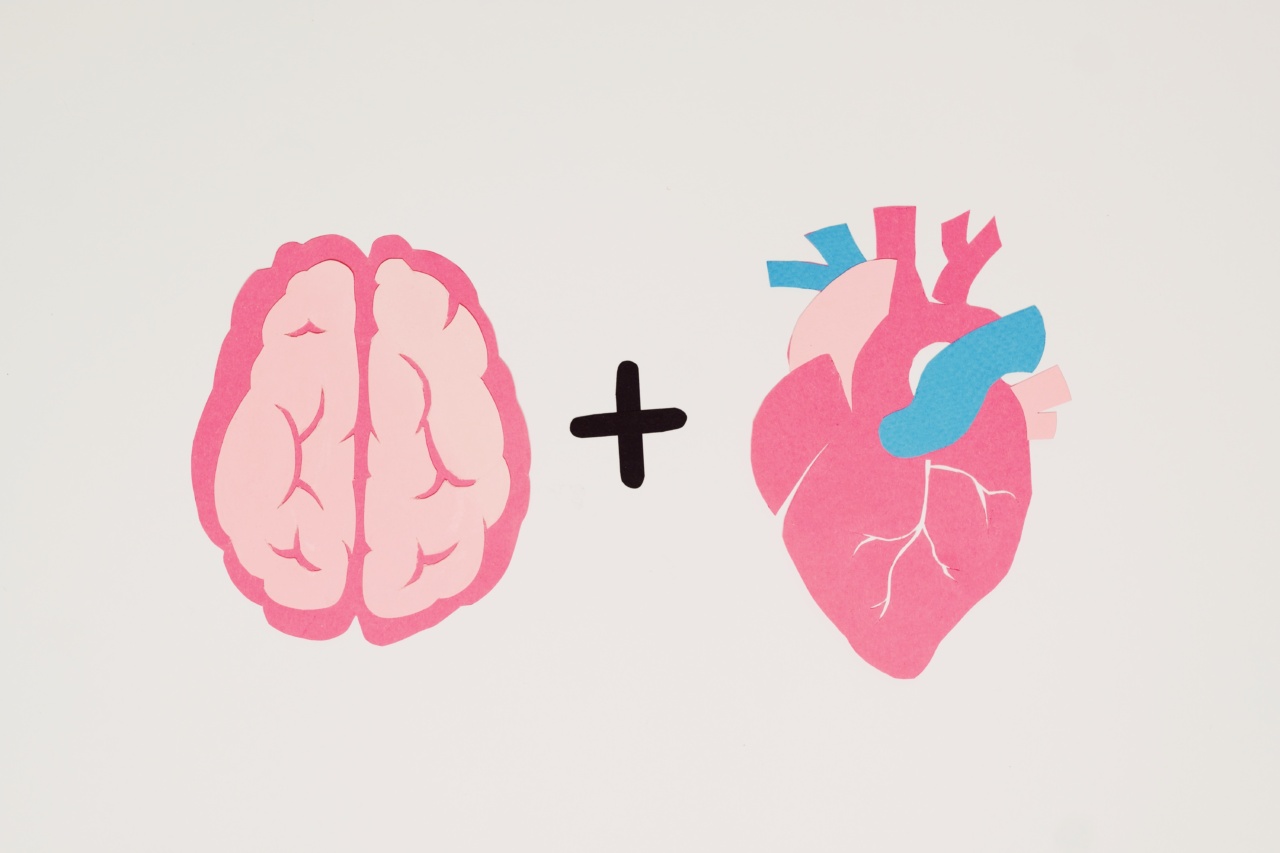Botulinum toxin, commonly known as Botox, is a neurotoxin that is used for a variety of medical and cosmetic purposes.
It is primarily used to relax facial muscles and reduce the appearance of wrinkles, but it can also be used to treat medical conditions such as migraines, excessive sweating, and muscle spasms.
How Botox Works
Botox works by blocking the signals that are transmitted between nerve cells. When injected into a muscle, it prevents the release of a neurotransmitter called acetylcholine, which is responsible for muscle contractions.
This results in the temporary relaxation of the muscle and a reduction in the appearance of wrinkles.
The Emotional Impact of Botox
While Botox is primarily used for cosmetic purposes, it can also have an emotional impact on the brain. When our facial muscles are relaxed, our brains may perceive this as a sign of happiness or contentment.
This is because our facial expressions are closely tied to our emotional states.
Research has shown that people who have received Botox injections may experience a reduction in negative emotions such as sadness and anger.
This is because the muscles that are responsible for frowning and scowling are temporarily paralyzed, making it more difficult for the person to express negative emotions.
However, this emotional impact is not always positive. If a person’s facial expressions are limited or restricted for an extended period of time, it can lead to emotional suppression and a lack of emotional expressiveness.
This can be particularly problematic for people who rely on their facial expressions in their personal or professional lives, such as actors, musicians, or public speakers.
The Risks of Botox
While Botox is generally considered safe, there are still some risks associated with its use. These risks include:.
- Allergic reactions
- Breathing difficulties
- Muscle weakness
- Difficulty swallowing
- Eye problems
- Headache
It is important to discuss the potential risks and benefits of Botox with a qualified healthcare professional before receiving treatment.
The Future of Botox
As our understanding of the brain and the nervous system has evolved, so has our use of Botox. Researchers are currently exploring new uses for Botox, including its potential for treating psychiatric disorders such as depression and anxiety.
One study found that people who received injections of Botox in their frown lines experienced a reduction in symptoms of depression.
This is thought to be because the reduction in facial muscle activity makes it more difficult for the brain to produce negative emotions.
While more research is needed to fully understand the potential benefits and risks of using Botox for psychiatric disorders, it is clear that this neurotoxin has the potential to have a significant impact on our emotional wellbeing.
Conclusion
Botox is a powerful tool that can be used for a variety of medical and cosmetic purposes. While it is primarily used to reduce the appearance of wrinkles, it can also have an emotional impact on the brain.
By temporarily paralyzing certain facial muscles, it can reduce negative emotions such as sadness and anger. However, if used improperly, it can also lead to emotional suppression and a lack of emotional expressiveness. It is important to discuss the potential benefits and risks of Botox with a qualified healthcare professional before receiving treatment.






























